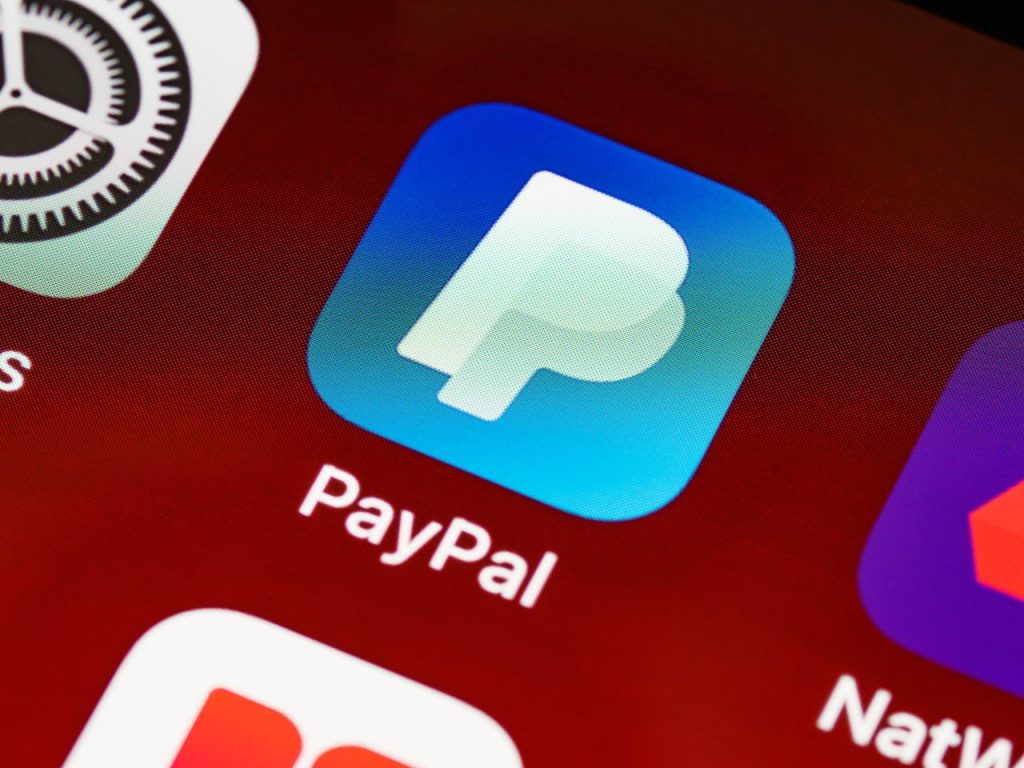
If you use payment apps like PayPal, Venmo, or Stripe, or sell on online marketplaces, a major tax reporting change is here for the 2024 tax year. The IRS has significantly lowered the reporting threshold for Form 1099-K, meaning millions more Americans will receive this form in 2025.
This guide breaks down what the new $5,000 threshold means, how it affects you, and what steps you can take to avoid overpaying your taxes.
What is the New 1099-K Reporting Rule for 2024?
For the 2024 tax year (the return you file in 2025), the IRS has implemented a new, lower threshold for third-party payment platforms to issue a Form 1099-K.
- New 2024 Threshold: You will receive a 1099-K if you received payments for goods and services totaling $5,000 or more.
- Previous Threshold: This is a major decrease from the prior threshold of $20,000 and 200 transactions.
This change is part of a phased plan by the IRS, which ultimately intends to lower the threshold to just $600. While taxpayers are legally required to report all taxable income regardless of whether they receive a form, this new rule significantly increases automatic reporting to the IRS.
Why This Change Matters: Nontaxable Transactions Can Cause Confusion
The most critical thing to understand is that this new rule does not change what is considered taxable income. It only changes the reporting requirements for payment companies.
The main challenge is that payment apps can’t distinguish between a business payment and a personal reimbursement. This means many nontaxable transactions could be included in your 1099-K total, potentially creating a tax headache.
Examples of Nontaxable Payments That Might Be Reported
You may receive a 1099-K that includes money from personal, nontaxable activities, such as:
- Reimbursements: Getting paid back by a friend for dinner, groceries, or concert tickets.
- Shared Expenses: Collecting money from roommates for rent or utilities.
- Gifts: Receiving money as a birthday or holiday gift.
- Selling Personal Items at a Loss: Selling a used couch for $150 that you originally bought for $500. This is not a taxable gain.
If these items appear on your 1099-K, you will have to account for them on your tax return to prove they are not taxable income. Failure to do so could result in paying taxes you don’t actually owe.
Increased Audit Risk for Casual Sellers and Gig Workers
This lower threshold will impact many casual sellers and gig workers who have never received a 1099-K before. Ignoring this form is not an option, as the IRS receives a copy as well.
The IRS has indicated it plans to increase its focus on these filings. A mismatch between the income reported on your 1099-K and the income on your tax return could trigger a notice or even an audit.
How to Prepare for the 1099-K Change
Being proactive is the best strategy. Here’s what you can do now:
- Keep Good Records: Document your transactions, especially if you sell personal items. Note the original purchase price to prove you sold it at a loss. For business expenses, keep all relevant receipts.
- Use Separate Accounts: If possible, use one payment app account for business and a separate one for personal transactions. This will make it much easier to separate taxable income from nontaxable reimbursements.
- Tag Transactions Correctly: Many apps like PayPal and Venmo allow you to classify a payment as being for “Goods and Services” or for “Friends and Family.” Ensure personal reimbursements are tagged correctly.
- Don’t Panic: Receiving a 1099-K doesn’t automatically mean you owe more tax. It simply means you must accurately report the information on your tax return, separating taxable business income from nontaxable personal transactions.
Consulting with a tax professional can provide clarity and ensure you are reporting everything correctly.

